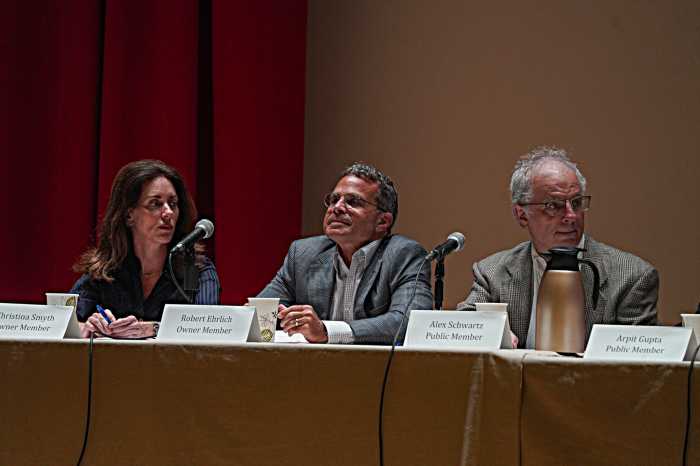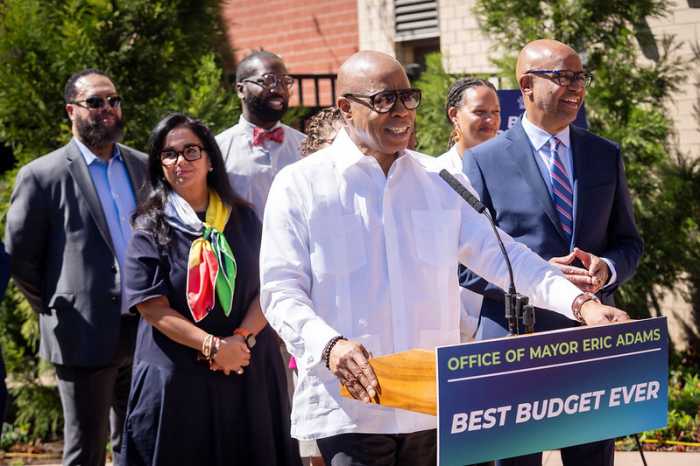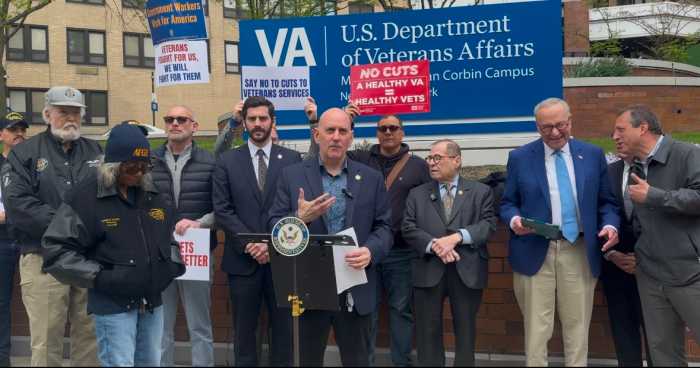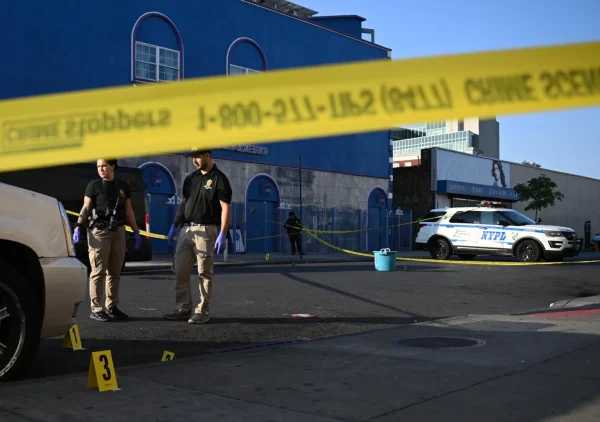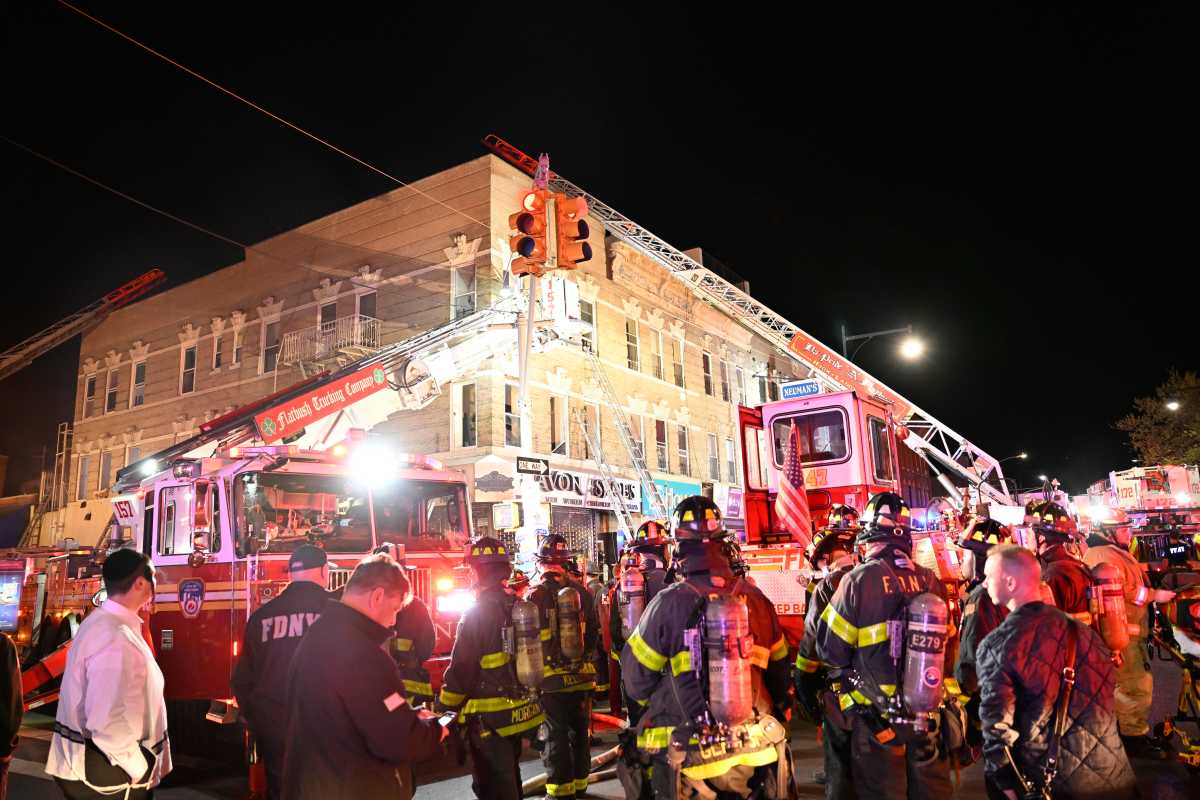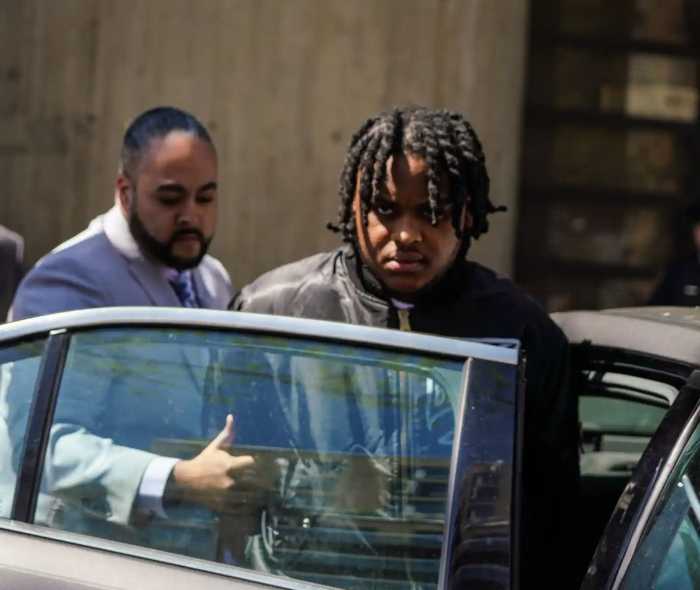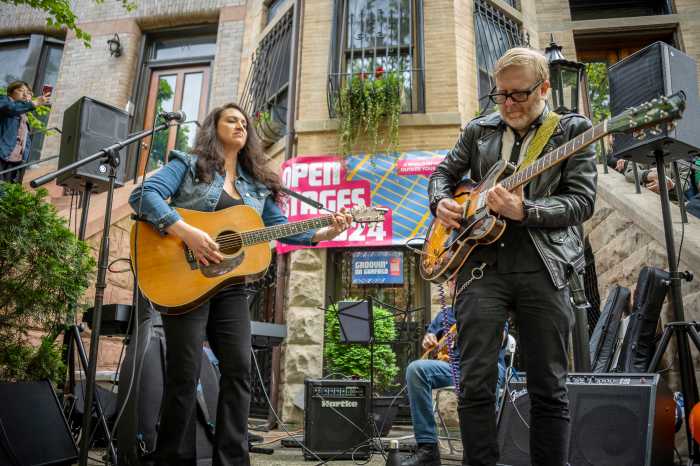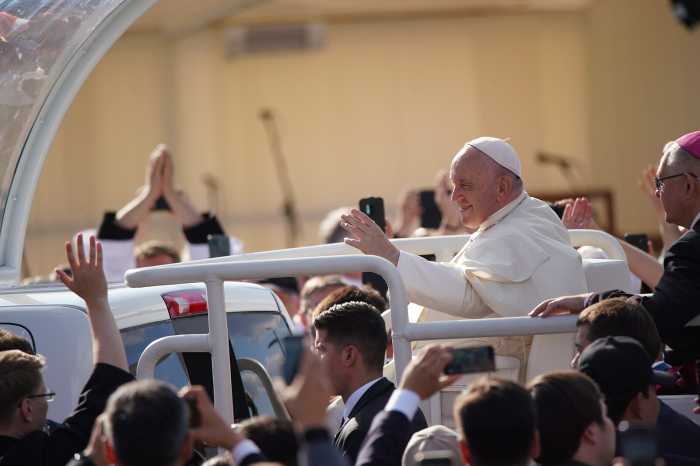
City Councilman Jumaane Williams won a special election on Tuesday to fill the public advocate role vacated by Attorney General Letitia James.
Williams bested 16 other candidates who were vying for the position, despite that some politicians have argued it is unnecessary.
If you’re wondering what this city official actually does, scroll down to learn more.
The position was created by the city’s 1989 Charter Revision Commission
Before Williams, there were four other public advocates. The first was Mark Green, who served between 1994 and 2001. After Green was Betsy Gotbaum, from 2002 to 2009 during Mayor Michael Bloomberg’s first two terms. After Gotbaum came Bill de Blasio, who served in the role until 2014, when he became mayor. James held the position after de Blasio until Jan. 1, when she was sworn in as state attorney general.
The public advocate is the second highest ranking elected official in NYC
If the mayor is temporarily unable to carry out the responsibilities of the office, the public advocate is first in line to assume those responsibilities until the mayor returns. If the mayor vacates the office, the public advocate will take over, but only until a new mayor is elected.
The main responsibility is to be a watchdog
The public advocate’s primary role is to be a check on city agencies and investigate complaints about city services.
The elected official, however, isn’t given much power to force the agencies to change if issues are found. The city charter essentially instructs the public advocate to refer complaints to the agency. If the agency doesn’t resolve the problems found, the public advocate can then submit reports to the City Council and mayor with recommendations on how to resolve the problems. The public advocate also can regularly review city programs and submit the evaluations to the Council and the mayor.
Some complaints are not the responsibility of the public advocate to resolve, according to the charter. For example, if the complaint may constitute a crime, the public advocate must refer it to the Department of Investigation or proper law enforcement agency.
Aside from city agencies, the public advocate also can act as a check on businesses or individuals. In 2010, de Blasio launched a landlord watchlist, which ranked the city’s worst landlords. James continued the release of the annual list.
Legal action is not always successful
The city charter does not explicitly give the public advocate the legal standing to sue city agencies, but that hasn’t stopped them from trying. James has filed or joined at least 11 lawsuits during her time as public advocate, more than any of the former public advocates, according to a 2016 article in Politico New York.
She has been removed from several of those suits on the grounds that she does not have standing to sue, Politico reported.
There are examples of successful lawsuits, though, including one James settled in 2016 with the New York City Housing Authority after suing over its heating policy.
The public advocate can introduce legislation in City Council
The public advocate doesn’t have voting power, but he or she can sit in on meetings and introduce legislation. Recent examples include a bill co-sponsored by James to ban employers from asking about salary history in New York City.
The position is seen as a launchpad to other roles
The public advocate role offers an increased political profile for the person elected, which all but one have used to at least run for another office. Green ran unsuccessfully for mayor after serving as the first public advocate. De Blasio became mayor after his first term as public advocate, and James was elected as New York attorney general.




